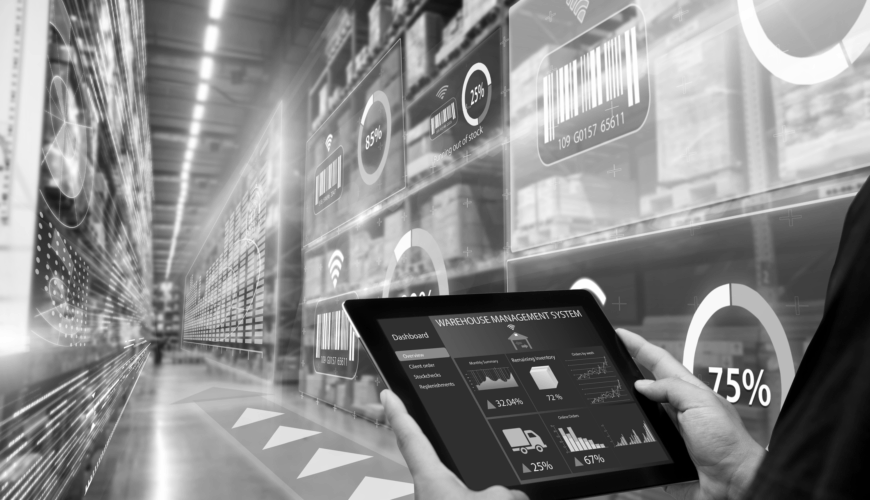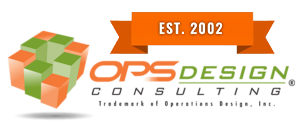Supply chain optimization tools have become central to that transformation, enabling organizations to move from reacting to anticipating, from firefighting to forward planning. Supply chain leaders today face a constant balancing act. It’s no longer enough to focus solely on cost reduction or operational efficiency. Success depends on building systems that can adapt quickly to market changes, disruptions, and customer expectations that seem to evolve by the week.
Disruption is now the norm. That reality has shifted the conversation from how do we plan better? to how do we design smarter?
What Supply Chain Optimization Tools Really Do
At their core, supply chain optimization tools help companies make better, faster, and more confident decisions. They combine data analytics, simulation, and modeling to evaluate trade-offs across sourcing, production, inventory, and distribution.
These tools don’t just report what’s happening; they let you test what could happen. You can simulate different network configurations, evaluate new supplier locations, or forecast how shifts in demand might ripple across the system. In essence, they turn the supply chain into a living model, a digital testbed for strategy.
The best supply chain optimization tools do more than calculate; they illuminate. They show where costs accumulate, where bottlenecks emerge, and where untapped efficiencies lie. By translating data into insight, they empower leaders to make informed decisions rooted in evidence rather than intuition.
Why Supply Chain Optimization Matters Now
The last few years have tested every assumption about how global supply chains function. From pandemics to geopolitical tensions and shipping disruptions, businesses have learned that agility and visibility are no longer optional; they are survival tools.
Optimization allows organizations to navigate that uncertainty. Instead of being blindsided by volatility, companies can use scenario modeling to stress-test their networks and identify contingencies before they’re needed. When designed thoughtfully, optimization isn’t about squeezing margins; it’s about building resilience.
And that resilience pays off. It reduces lead times, cuts waste, and helps teams focus resources where they have the greatest impact, improving customer satisfaction while controlling cost and risk.
Where Data Meets Design
Technology alone doesn’t optimize anything. The real progress happens when accurate data meets sound design and practical experience. Optimization is not just about algorithms or software dashboards; it’s about understanding how the system behaves and designing it to perform better.
The process starts with clean, consistent data across ERP, WMS, and TMS systems. Once a reliable model is built, teams can begin running scenarios to uncover structural opportunities: Should we open a new distribution center? Should we adjust safety stock policies? Can we shorten replenishment cycles without sacrificing service?
Optimization blends analytical precision with strategic creativity. It’s equal parts science and art, combining the objectivity of data with the intuition of operational expertise.
Making Optimization a Continuous Discipline
The most mature organizations treat optimization as an ongoing capability, not a one-time initiative. Supply chains are living systems; they change with markets, technology, and strategy. Continuous optimization ensures those systems evolve in step with the business.
That means embedding modeling and scenario planning into regular decision cycles, not waiting for disruption to force a redesign. As costs shift, customer expectations change, or sustainability goals tighten, the same tools that once guided design can now drive daily improvements.
Organizations that adopt this mindset gain a distinct edge. They become proactive rather than reactive, able to realign networks, rebalance inventory, or adjust sourcing long before challenges turn into crises.
The Bottom Line on Supply Chain Optimization Tools
Supply chain optimization tools are more than analytical engines; they are strategic instruments. When used well, they transform complexity into clarity and uncertainty into opportunity.
The future of supply chain excellence won’t be defined by who has the biggest footprint or the lowest cost. It will be defined by who can design, model, and adapt the fastest. Optimization tools are the bridge to that future, where data becomes direction, and strategy becomes action.


